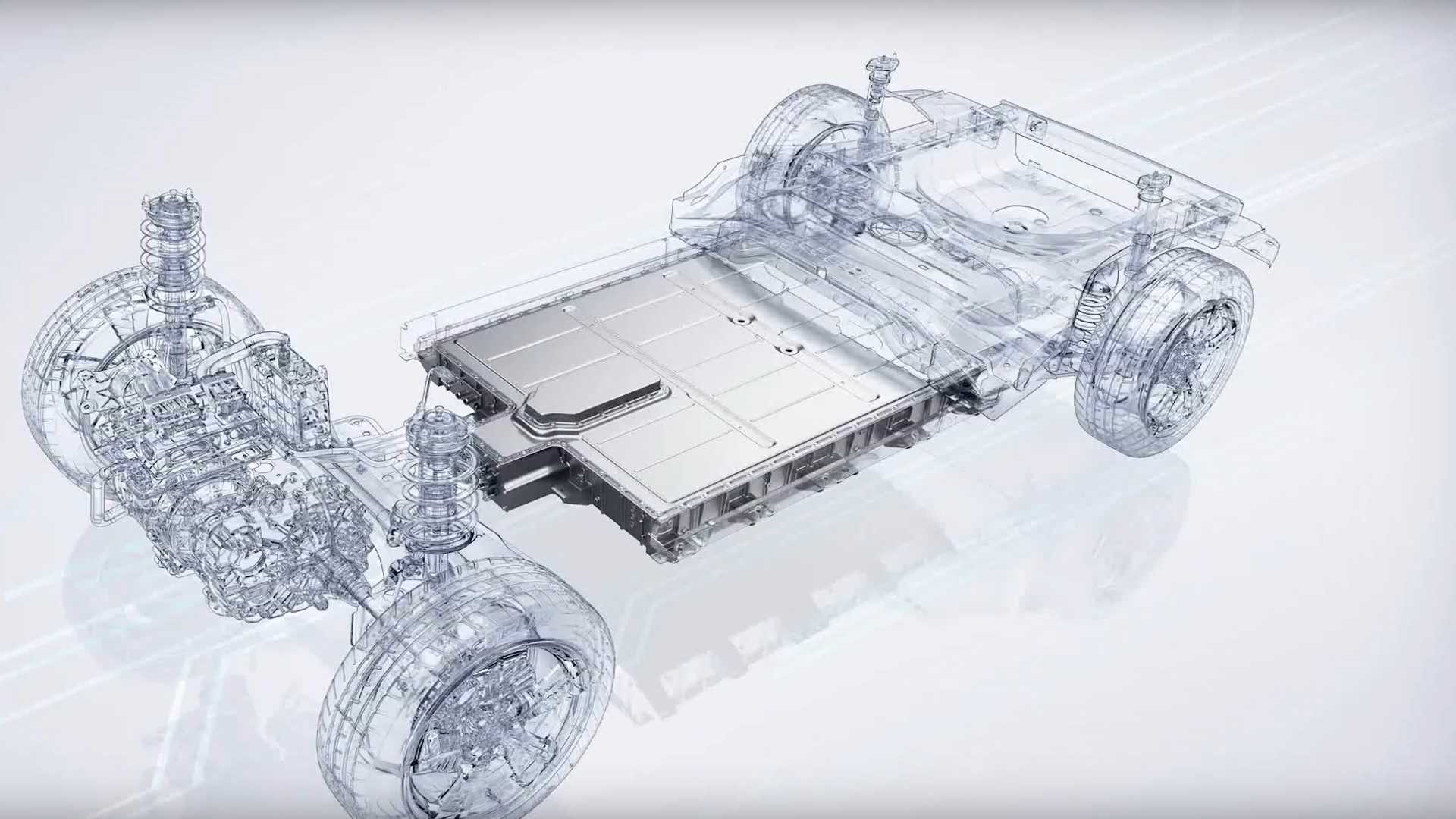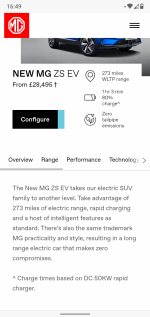OK, my exclusive MG ZS EV is NCM: Lithium nickel manganese cobalt oxides.
Battery Mass is 283kg.
as stated by Lucky5, there is a label on the pack, look under the passenger seat...see photo below
Data from label:
100RES-020085
Produce Name: REESS
Chemical Type: NCM
Rated Energy: 44.5KWh
Rated Capacity: 110Ah
Nominal Voltage 394.2V
Product Model: EC110A43S (REESS)
MG110A/BMS-02(BMS)
Version: Version 2
Standard of execution: ECE 100-02
Manufacturer: United Auto Battery System Co., Ltd
Manufacturer address: No.999, Chengbei Road, Liyang, Jiangsu
What does this mean?
Well
United Auto Battery System is the CATL / SAIC factory.
NCM is Lithium nickel manganese cobalt oxides. The ratio of these is used in different amounts, with 523 (5 Nickel, 2 Cobalt and 3 Manganese) being the common type used in existing CATL cells.
There is a push towards 811 packs from all manufacturers, which are both cheaper an denser, but there has been some problems with roll out of this chemistry.
Based upon my reading, I speculate the likely chemistry is NCM 523 for existing models, with NCM 811 packs in the just announced long range cars. Similar conclusions from a pundit at PushEVs
Today MG unveiled its new all-electric model range, comprised by the electric station wagon MG5, its flagship SUV Marvel R Electric and a renewed MG ZS EV. Letâs see the press release. All-new MG Marvel R Electric Unveiled last March, the MG Marvel R Electric is the brandâs flagship SUV, fitted...

pushevs.com
Take home as consumer, best to cycle battery between 30-80% in daily use, so if I upgraded to new model and could restrict charge to 80% for daily use, but have the extra 20% capacity for bigger trips, would likely age the battery a little better.
My recent battery State of Health (SOH) at 14month service, 16000 miles was 97%, which is very good for NCM chemistry I think.
Battery packs will become much cheaper, but current cars have been subsidised by chinese government (building the car and battery factory), and by UK grant (combined with no car tax).
Therefore actual falls in car costs will be modest.
Right, that is enough battery geeking out for now?!




